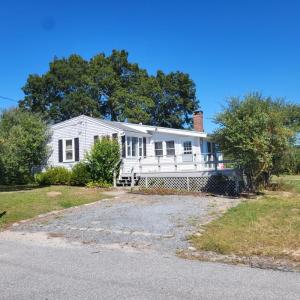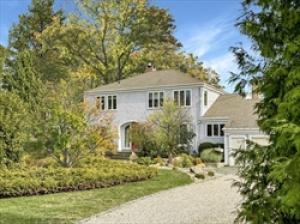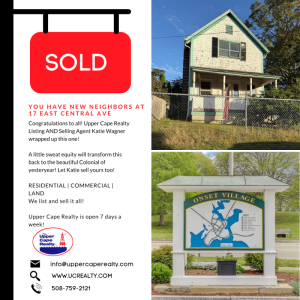Lakeville officials give updates on increased train-noise problems
 Town Administrator Andrew Sukeforth discusses the next steps in addressing noise complaints from nearby railroad crossings during a meeting on Tuesday, Aug. 19. Photos by Sam Tucker
Town Administrator Andrew Sukeforth discusses the next steps in addressing noise complaints from nearby railroad crossings during a meeting on Tuesday, Aug. 19. Photos by Sam Tucker An engineering test will be performed by a train authority team next month, then, the town will know the steps — and costs — to create quiet zones.
An engineering test will be performed by a train authority team next month, then, the town will know the steps — and costs — to create quiet zones. Town Administrator Andrew Sukeforth discusses the next steps in addressing noise complaints from nearby railroad crossings during a meeting on Tuesday, Aug. 19. Photos by Sam Tucker
Town Administrator Andrew Sukeforth discusses the next steps in addressing noise complaints from nearby railroad crossings during a meeting on Tuesday, Aug. 19. Photos by Sam Tucker An engineering test will be performed by a train authority team next month, then, the town will know the steps — and costs — to create quiet zones.
An engineering test will be performed by a train authority team next month, then, the town will know the steps — and costs — to create quiet zones.LAKEVILLE — Lakeville officials discussed their plans to create quiet zones around railroad crossings during a meeting on Tuesday, Aug. 19.
The board gave updates on the proposed implementation of quiet zones around three railroad crossings that have been the source of “numerous noise complaints” over the last year. The town is looking to work with Berkley town officials on the project, since the towns both experience increased train noise from new railroad crossings.
The Massachusetts Bay Train Authority expanded their rail system through Lakeville with the South Coast Rail project that opened six new stations in March.
“The offices have received numerous noise complaints from the increased traffic of trains through the area — which historically — has not been the case,” said Select Board Chair
Maureen Candito.
Municipalities may create “quiet zones” where train horns are not routinely sounded, but they first have to ensure the lack of train horns wouldn’t create safety risks for traffic and pedestrians.
The three crossings in question are on North Precinct, Leonard and Malbone streets. Berkley also has three crossings, with one near Lakeville.
Areas with one or more consecutive crossings can cause train horns to sound continuously over long periods of time. Train operators are required by law to sound their horns when operating near roadway crossings, with specific guidelines on how long the horn is sounded and the distance at which they begin sounding.
Officials said the first step is having a test performed by an engineering team from the train authority to find what safety improvements are needed to create the quiet zones. If the quiet zones were implemented, the town would be legally responsible for safety risks stemming from the lack of train sounds.
Town Administrator Andrew Sukeforth said the report, provided free-of-charge by the train authority, will be delivered by late September. Lakeville would pay for any identified improvements.
As to the cost of the project, officials discussed other town’s quiet zone implementation costing millions. Officials said they hoped the newer tracks around the two towns would incur less construction costs than older, more well-used tracks.
“I’ve seen other communities [cost] up to four or five million, it can be a lot of money. One of my biggest concerns is the ongoing maintenance. We don’t have anyone on staff that can deal with the liabilities,” Sukeforth said.
If any traffic injuries occurred around the quiet zone, the town would be responsible for liabilities. Sukeforth said the town of Abington has dealt with about 29 liability cases in their quiet zones over the last decade. He said many result from drivers going around gates while a crossing occurs.
According to the Department of Transportation Federal Railroad Administration, once the report is delivered, the town must mitigate any risks that come with the absence of trains sounding their horns before establishing the quiet zone.
Members of the Berkley Select Board came to the Tuesday meeting and shared their interest in the towns tackling the problem of train noise together
Candito said the board would welcome a partnership to “amplify our small town voices.”
Candito asked for a project update to be completed at the beginning of October, and Sukeforth said a cost estimate of implementing the zones will be delivered with the engineering report.































